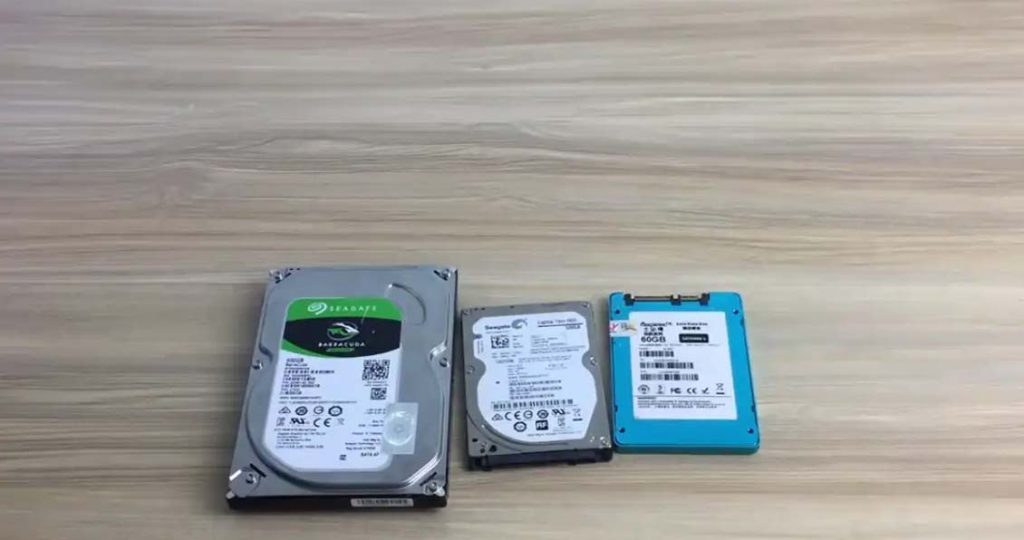In the digital age, data storage has become a critical aspect of both personal and professional life. With the advent of cloud computing and the continued reliance on local storage solutions, many individuals and businesses find themselves grappling with the decision of which storage method to choose. Each option comes with its own set of advantages and disadvantages, making the decision complex. This article delves into the intricacies of cloud and local storage, examining their key differences, benefits, limitations, and the factors you should consider when deciding which is right for you.
1. Understanding Cloud Storage
Cloud storage refers to the practice of storing data on remote servers accessed via the internet, rather than on local hardware such as a computer’s hard drive or an external storage device. Major cloud storage providers include Google Drive, Dropbox, Microsoft OneDrive, and Apple iCloud. Cloud storage services typically offer various tiers, including free plans with limited storage and paid plans with greater capacity and additional features.

Key Features:
- Accessibility: Cloud storage allows you to access your data from any device with an internet connection. This is particularly useful for individuals who frequently switch between devices or travel.
- Scalability: Cloud storage services offer flexibility in terms of storage capacity. You can easily upgrade or downgrade your plan based on your needs.
- Automatic Updates: Cloud services often include automatic syncing and updates, ensuring your files are always up-to-date across all devices.
Pros of Cloud Storage:
- Convenience: Access your data from anywhere, anytime, using any device with an internet connection.
- Collaboration: Many cloud storage platforms offer collaborative features, such as shared folders and real-time editing.
- Backup and Recovery: Cloud providers often have robust backup and recovery solutions, reducing the risk of data loss.
- Cost-Effective: For users with minimal storage needs, free plans can be sufficient, and paid plans offer scalability at a relatively low cost.
Cons of Cloud Storage:
- Dependence on Internet: Cloud storage requires a stable internet connection. Accessing large files or working offline can be challenging.
- Security and Privacy: Storing data off-site raises concerns about security and privacy. Although cloud providers implement stringent security measures, data breaches are still a risk.
- Ongoing Costs: While initial costs may be low, long-term expenses can accumulate, especially if you require significant storage capacity.
2. Understanding Local Storage
Local storage refers to storing data on physical devices that are directly connected to your computer or network. This includes hard drives, solid-state drives (SSDs), external drives, and network-attached storage (NAS) devices. Local storage is often used for storing personal files, business data, and system backups.

Key Features:
- Physical Control: With local storage, you have direct control over your data and hardware. This can be advantageous for those who prefer to manage their own backups and security measures.
- Speed: Local storage typically offers faster access and transfer speeds compared to cloud storage, especially for large files or intensive applications.
- Offline Access: Data stored locally is accessible without an internet connection, making it ideal for situations where online access is limited or unavailable.
Pros of Local Storage:
- Speed and Performance: Local storage often provides faster read and write speeds compared to cloud storage, which can be crucial for tasks like video editing or large file transfers.
- Control and Ownership: You have complete control over your physical storage devices and data, including security measures and backup protocols.
- No Ongoing Costs: Once you purchase a local storage device, there are no recurring fees, making it a one-time investment.
Cons of Local Storage:
- Limited Accessibility: Data stored locally is only accessible from the device where it is stored unless you set up a network or use external drives.
- Risk of Physical Damage: Local storage devices are vulnerable to physical damage, such as hard drive failures or accidents.
- Scalability Issues: Upgrading local storage often requires purchasing new hardware, which can be expensive and cumbersome.
3. Comparing Cloud and Local Storage

1. Accessibility
- Cloud Storage: Offers global access via the internet, making it ideal for users who need to access their data from multiple devices or locations.
- Local Storage: Access is restricted to the device where the data is stored, although network-attached storage can provide some remote access.
2. Security
- Cloud Storage: Providers implement robust security measures, including encryption and multi-factor authentication. However, data stored off-site can be vulnerable to breaches.
- Local Storage: Provides physical control over data security, but requires the user to implement their own security measures, such as encryption and backup systems.
3. Cost
- Cloud Storage: Offers a pay-as-you-go model with scalable plans. Initial costs are low, but ongoing fees can add up over time.
- Local Storage: Requires a one-time purchase of hardware, with no recurring costs. However, upgrading storage capacity involves additional expenses.
4. Backup and Recovery
- Cloud Storage: Often includes automatic backups and recovery options, reducing the risk of data loss.
- Local Storage: Requires users to manually implement backup solutions. While local backups can be more immediate, they require regular maintenance.
5. Speed and Performance
- Cloud Storage: Speed is dependent on internet connection and server load. Large file uploads and downloads can be slower compared to local storage.
- Local Storage: Typically offers faster performance with quicker access and transfer speeds, especially beneficial for high-demand applications.
4. Use Cases and Recommendations
When to Choose Cloud Storage:
- Frequent Collaboration: If you frequently collaborate on documents or projects, cloud storage offers convenient sharing and real-time editing features.
- Mobile Access: For users who need access to their data from various locations and devices, cloud storage provides unparalleled flexibility.
- Cost-Effective for Low Capacity: For individuals or small businesses with minimal storage needs, cloud storage can be a cost-effective solution.
When to Choose Local Storage:
- High-Speed Requirements: If you require fast access to large files or applications, local storage offers superior performance.
- Data Security and Privacy: If you prefer physical control over your data and want to avoid potential privacy concerns associated with cloud storage, local storage provides a secure alternative.
- One-Time Investment: For users who prefer to avoid ongoing costs and have manageable storage needs, local storage is a one-time investment with no recurring fees.
5. Hybrid Solutions
Many users find that a combination of cloud and local storage meets their needs effectively. A hybrid approach allows you to leverage the strengths of both storage methods:
- Backup and Sync: Use cloud storage for backups and synchronization across devices while maintaining local storage for everyday access and high-performance tasks.
- Archiving: Store infrequently accessed data in the cloud to save local storage space, while keeping critical or frequently used files on local drives.
Example Hybrid Setup:
- Primary Storage: Use a local SSD for daily tasks, applications, and files requiring high-speed access.
- Backup: Use a cloud storage service to automatically back up critical files and provide remote access.
- Archival: Store large, less frequently accessed files in cloud storage to free up local space.
Choosing between cloud and local storage depends on your specific needs and preferences. Cloud storage offers convenience, accessibility, and scalability, making it suitable for users who require global access and collaborative features. Local storage, on the other hand, provides speed, control, and a one-time cost, making it ideal for high-performance tasks and users who prefer physical data management.

